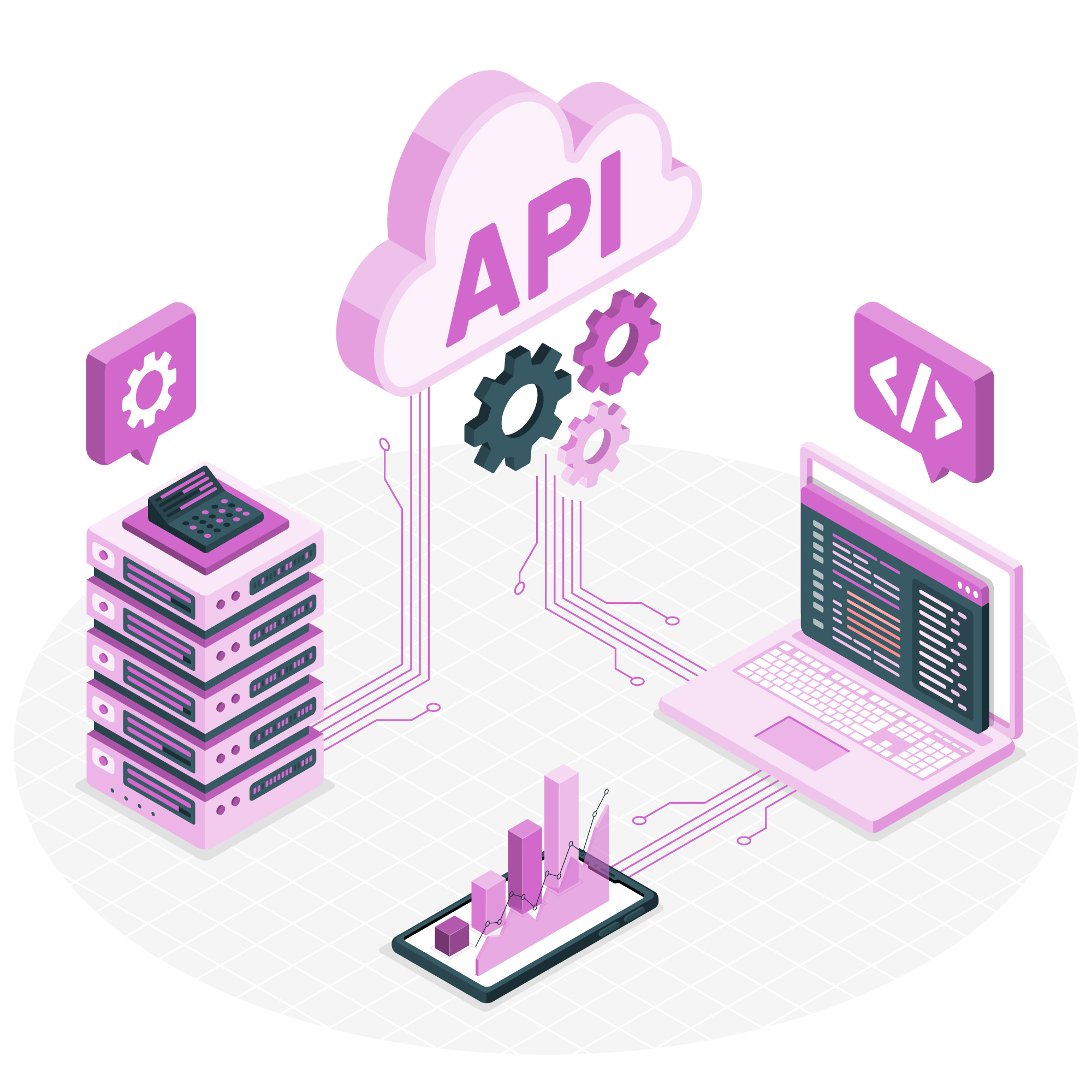
Leveraging GraphQL Advantages with Redux Toolkit Compatibility
Image: Freepik
Leveraging GraphQL Advantages with Redux Toolkit Compatibility
Integrating GraphQL and Redux Toolkit into your development stack can enhance application efficiency and developer workflow. In the following, I’ll describe the benefits and methods of this combination. Let’s focus our discussion on specific technology combinations that work well together.
Streamlined State Management
When it comes to providing clients with the exact data they need, GraphQL excels at eliminating any external details. This accuracy aids in lowering needless network overhead and data processing. The two work together to provide a very efficient state management system. Redux Toolkit simplifies the configuration of Redux’s store and state management logic.
Simplified Data Fetching and Caching
The ability of GraphQL to combine queries and get numerous resources with a single query is one of its main advantages. When combined with Redux Toolkit, which is excellent at centralized and standardized state management, this capability becomes extremely beneficial. By minimizing server queries and maintaining a consistent application state, this combination eventually optimizes the use of both server and client resources.
Enhanced Developer Experience
Redux Toolkit speeds up development processes and reduces boilerplate code, making standard Redux patterns easier to understand. GraphQL enables you to easily manage data fetching, caching, and state synchronization using sophisticated tools like Apollo Client.
Increased Efficiency with Code Generation
You can automate the creation of hooks, queries, modifications, and Redux slices from your GraphQL schema using tools like GraphQL Code Generator. This automation improves the integration of GraphQL and Redux Toolkit, reducing human errors and helping to maintain a clean and consistent codebase.
Better State Synchronization Across Components
It is simpler to make sure that all UI elements stay in sync with the state of the application when the Redux Toolkit is combined. To facilitate effective state distribution, use GraphQL to retrieve specific and all of the data. This is particularly useful for complicated systems where instantaneous data changes between components are necessary.
Conclusion:
To summarize, Redux Toolkit and GraphQL can be integrated to combine their strengths and create a scalable and manageable environment. This combination increases the efficiency of state management and data management.